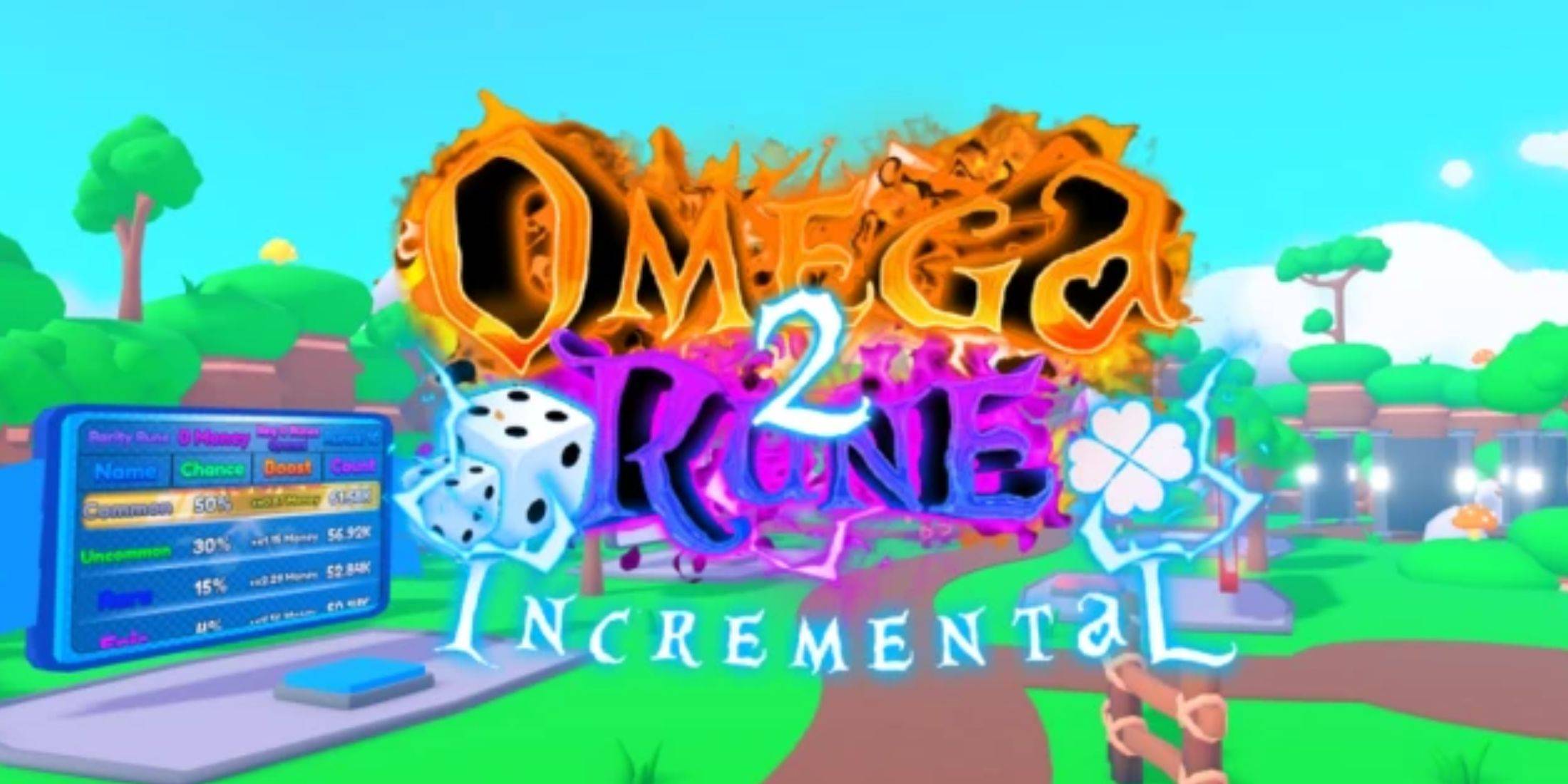Steam Deck Ditches Annual Upgrades and Aims for \"Generational Leap\" Release
- By Ava
- Feb 23,2025
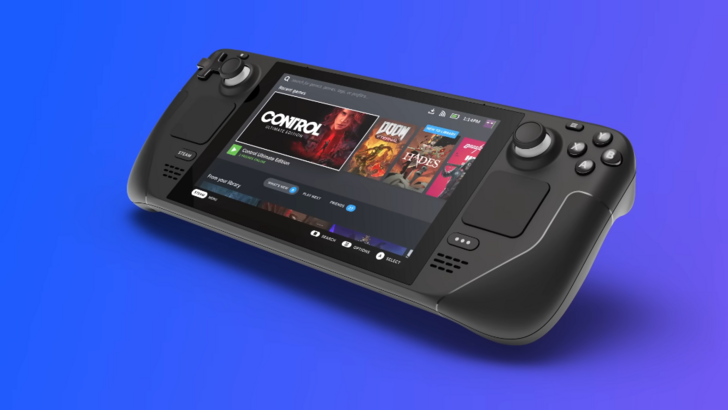
Valve Rejects Annual Steam Deck Upgrades, Prioritizing "Generational Leaps"
Unlike the yearly upgrade cycle prevalent in the smartphone market, Valve has confirmed that the Steam Deck will not see annual releases. This decision, explained by Steam Deck designers Lawrence Yang and Yazan Aldehayyat, prioritizes substantial improvements over incremental updates.

In an interview with Reviews.org, Yang stated that the annual release cycle employed by competitors is unfair to consumers, offering only minor enhancements. Valve's strategy focuses on significant, "generational leap" upgrades that justify the wait and investment, without compromising battery life.

Aldehayyat highlighted Valve's commitment to addressing user needs, particularly regarding PC gaming outside of traditional desktop environments. While acknowledging room for improvement, they celebrate the innovation spurred by the Steam Deck and welcome competition. They specifically mentioned the advantages of the Steam Deck's touchpads, suggesting other handhelds could benefit from similar features.
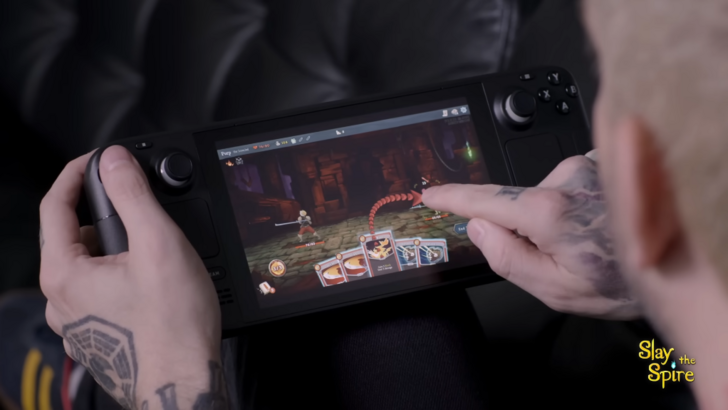
Regarding the OLED Steam Deck, Aldehayyat identified variable refresh rate (VRR) as a desired feature omitted from the initial release. Yang clarified that the OLED model was a refinement, not a second-generation device. Future models will explore battery life enhancements, acknowledging current technological limitations.
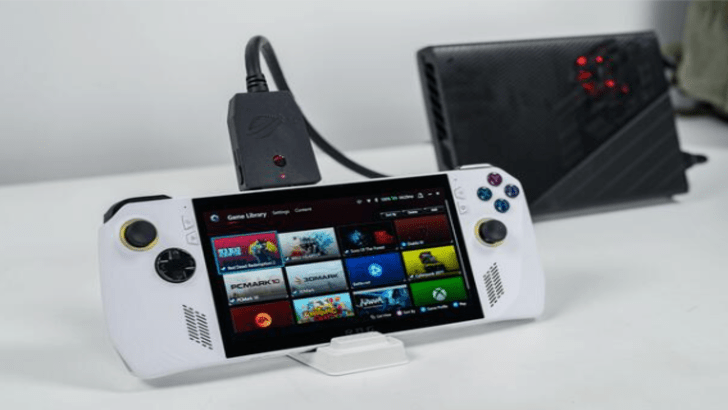
The lack of frequent hardware updates hasn't deterred Valve from the competitive landscape. They view the increased competition from devices like the Asus ROG Ally and Ayaneo products as a positive catalyst for innovation, welcoming diverse design approaches.
The November 2024 Australian Steam Deck Launch
The global rollout of the Steam Deck, including its recent official launch in Australia (November 2024), has likely influenced Valve's approach. Yang attributed the delayed Australian launch to logistical complexities, including financial due diligence, warehousing, shipping, and returns processing. Aldehayyat clarified that while meeting Australian requirements and certifications were timely, establishing the necessary business infrastructure was a significant undertaking.
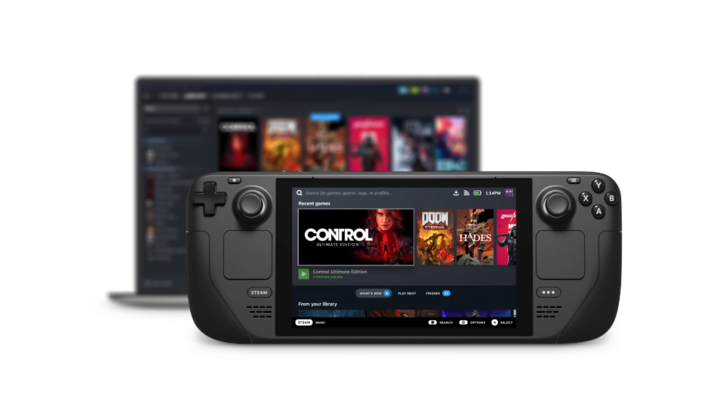
The Steam Deck remains unavailable in several countries, including Mexico, Brazil, and parts of Southeast Asia. While unofficial acquisition is possible, users in these regions lack access to official support, warranties, and accessories. Conversely, the Steam Deck enjoys widespread availability in the US, Canada, much of Europe, and parts of Asia.
Latest News
more >-
-
-

-

- Fist CCG Duel Best Heroes in 2025
- Dec 21,2025
-




